Call to Arms Bolt Action Tournament – 7 October 2023
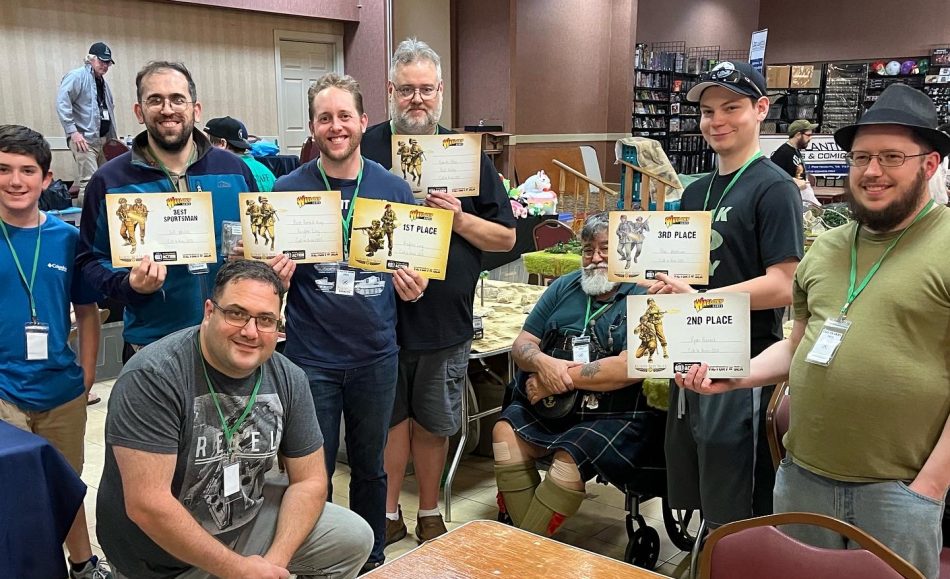
By Kreighton Long
On October 7 I had the opportunity to compete in the Bolt Action tournament at the Call to Arms convention in Williamsburg, Virginia put together by veteran Tournament Organizer Kalissa Skibicki. Eight players competed throughout the day in three rounds of games using the Heartbreak Ridge, No Man’s Land, and Key Positions scenarios.
As always, the tables were a true treat to play on, drawing in many passersby, and creating gorgeous photo opportunities. The atmosphere was relaxed and friendly. Kalissa’s tournament highlights echoed this remarking on the friendly and good nature of all players, an overall feeling of relaxation, and overhearing several suggestions between players giving opponents better cover advantages and better placement of objectives.

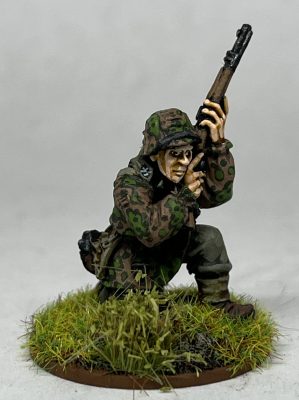



 By Kreighton Long
By Kreighton Long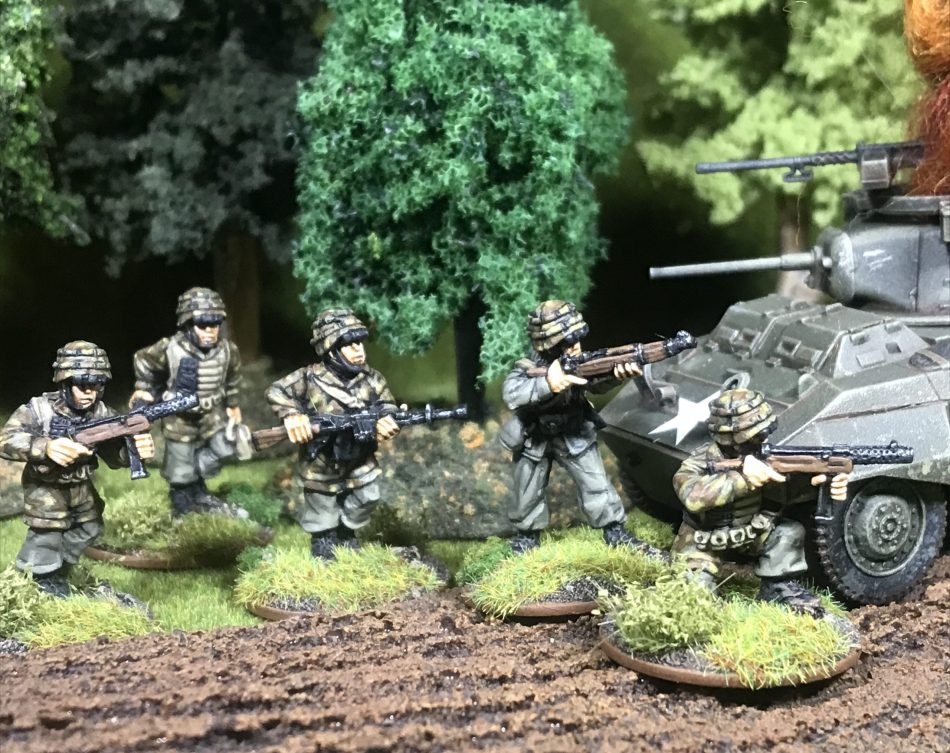

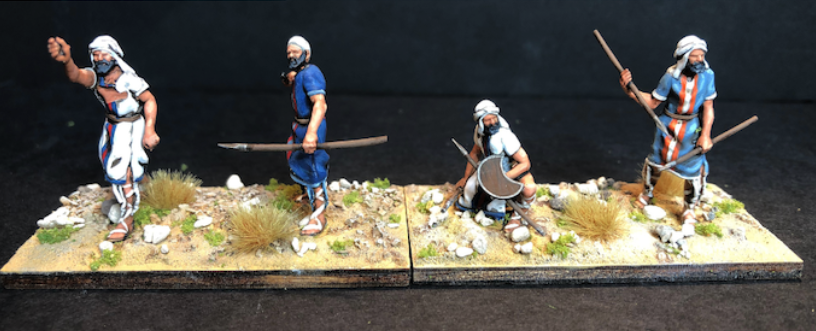 By Richard Steer
By Richard Steer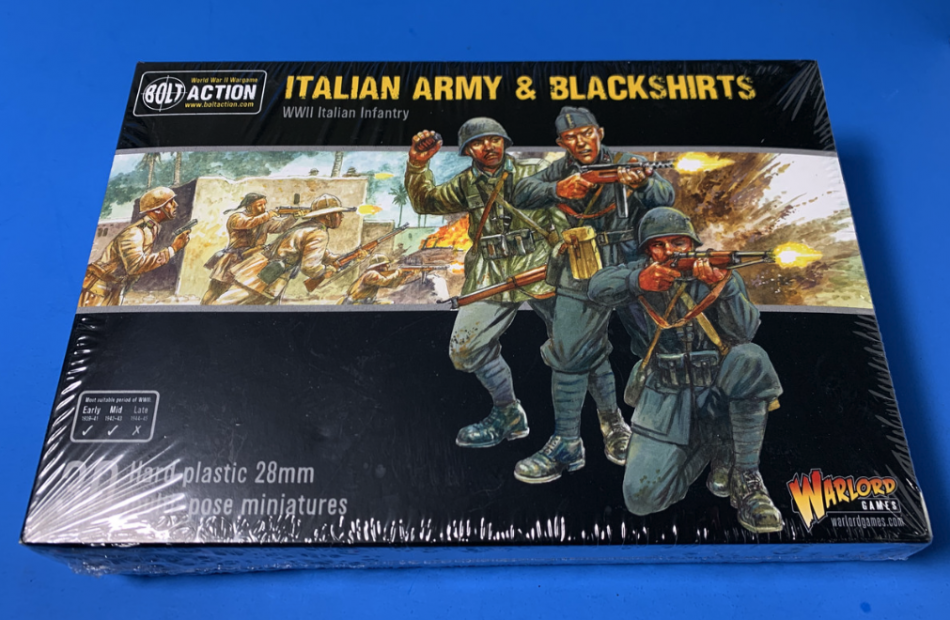 By Kreighton Long
By Kreighton Long By Kreighton Long
By Kreighton Long